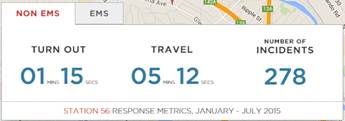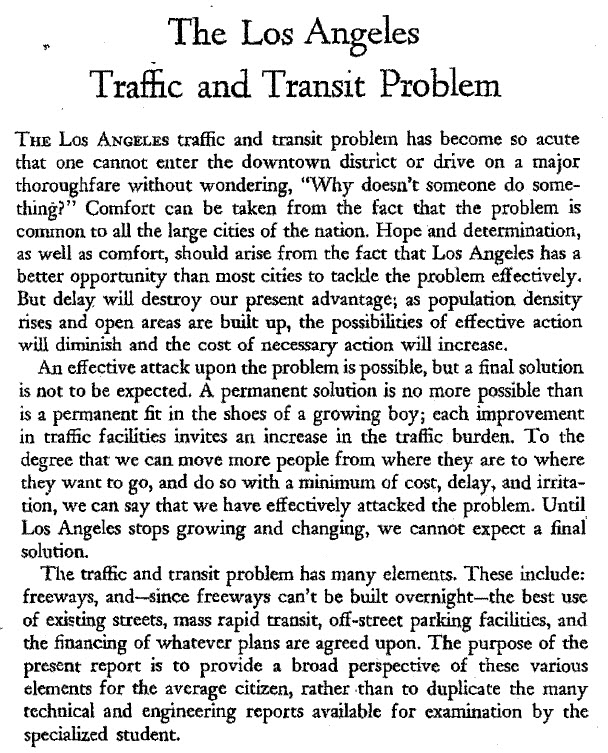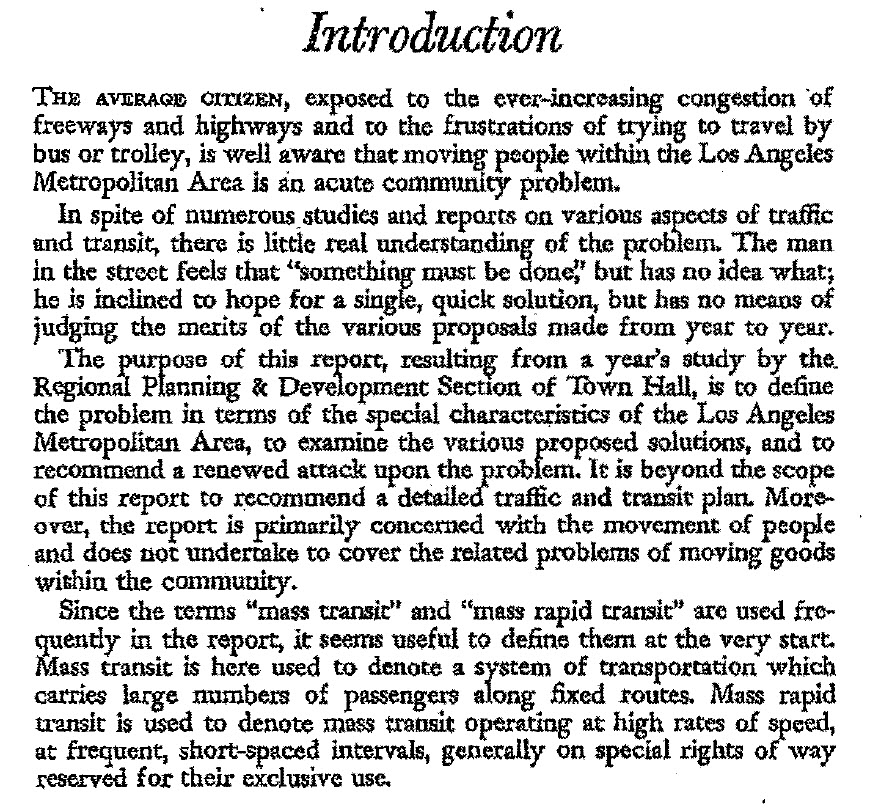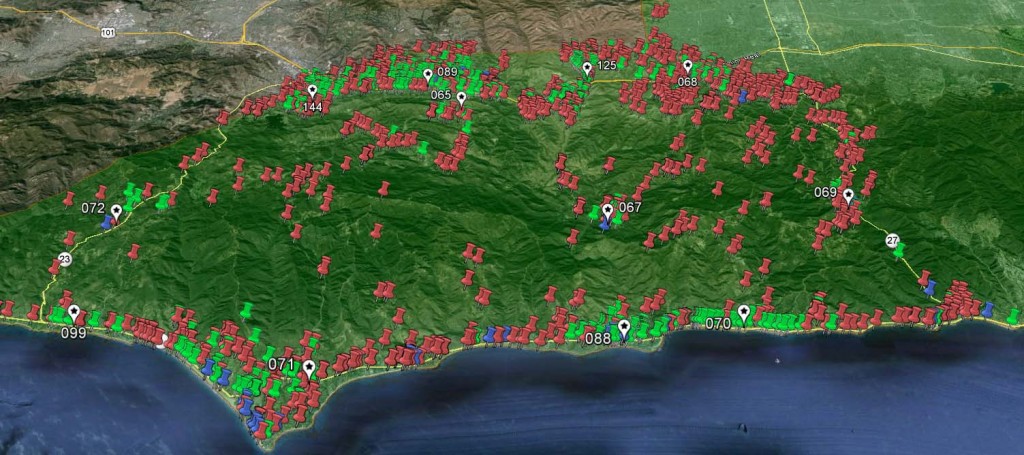In response to Fix The City’s win in court over the new Hollywood Community Plan, the City did two things. First, as requested, they rescinded the new plan and reenacted the old plan.
The second step was far more troubling. The City also passed a General Plan Framework Amendment that seeks to remove a key environmental mitigation found in the General Plan Framework.
The Fix The City Supplemental Writ, which can be found here, states:
“In the guise of complying with the Writ of Mandate, Respondents have eviscerated the mitigation measures adopted over a decade ago in connection with the Framework Element EIR, and have conducted no environmental review of the impacts of these actions, which were approved by the City Council approximately three weeks after they were introduced to the public, at nearly break-neck speed for a City Council action. Respondents’ action was not necessary to comply with this Court’s order, and indeed, directly flouts this Court’s authority by stating an intention to “overrule and supersede” this Court’s Statement of Decision.”
The writ notes that both Fire/Emergency Medical Services and Police Services rely upon the impacted key section of the General Plan Framework that the City seeks to remove.
Specifically, the General Plan Framework EIR stated that Policy 3.3.2, which is amended in the Resolution Amending the General Plan:
“directs monitoring of infrastructure and public service capacities to determine need within each CPA for improvements . . . . This policy also directs determinations of the level of growth that should correlate with the level of capital, facility, or service improvement that are necessary to accommodate that level of growth. In addition, the policy directs the establishment of programs for infrastructure and public service improvements to accommodate development in areas the General Plan Framework targets for growth. Lastly, the policy requires that type, amount, and location of development be correlated with the provision of adequate supporting infrastructure and services.”
The Fix The City Supplemental Writ asks the court to force the City to set aside its overreaching action and attempt to “overrule and supersede” the court’s order.












